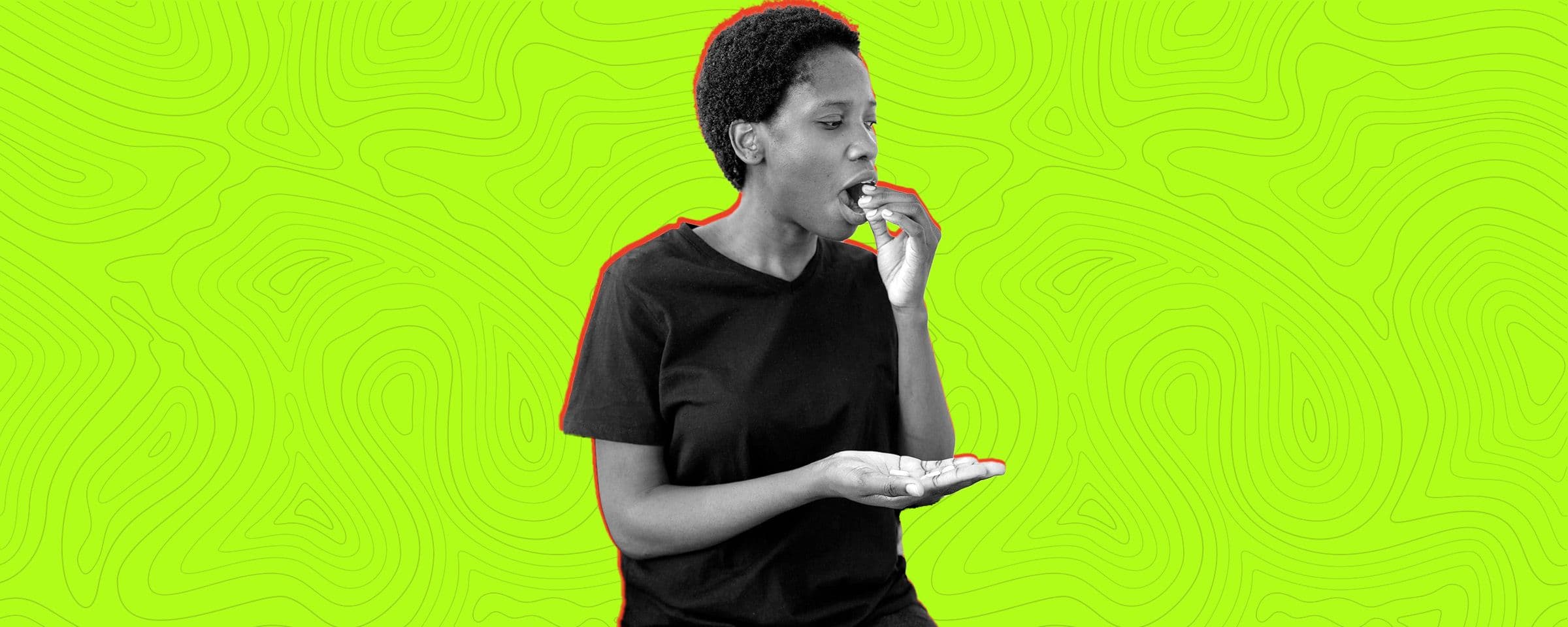Is Epilepsy Contagious? Here are 7 Epilepsy Myths You Never Questioned

Introduction
We've all heard of epilepsy before. It's a neurological condition that affects millions of people worldwide that causes random and recurrent seizures that we've all seen in pop culture in the past.
Seizures are sudden bursts of electrical activity in the brain that can affect how a person behaves, feels, or appears for a short period of time. These seizures can differ in intensity and type, ranging from brief lapses in attention or muscle jerks to severe and prolonged convulsions.
However, there seem to be a lot of misconceptions about this widely researched disorder, so we've taken it up to ourselves to set the record straight. In this blog, let's tackle some epilepsy myths you might not have known!

Epilsepy myths, answered
Myth 1: Epilepsy is contagious
The Reality:
Epilepsy is not an infectious disease and cannot be spread from person to person. It is a neurological disorder caused by abnormal electrical activity in the brain. People get epilepsy because of their genetics, head injuries, infections, strokes, or some other disorder. Still, it is impossible to get it from someone unless they've roundhouse kicked you to the head.
Why This Myth Persists:
Humans are naturally great at misunderstanding and fear about diseases and disorders. We're also great at making unfounded assumptions. Historically, people viewed epilepsy as something mysterious or supernatural, further fueling myths about its transmissibility.
The Impact:
This myth can sometimes make those with epilepsy feel lonely, as people may mistakenly avoid them for fear of "catching" the "disease". People need to be educated to debunk this misconception, which is what we're trying to do!
Myth 2: Epilepsy is a mental illness
The Reality:
Epilepsy is a neurological condition, not a mental health disorder. It stems from irregular brain activity and has no inherent connection to mental illnesses such as depression, anxiety, or schizophrenia. However, people with epilepsy could go through some sort of mental health challenges due to the stress and stigma associated with the condition, as well as the potential side effects of medication.
Why This Myth Persists:
The brain is complex, and the visible nature of seizures often confuses people, leading them to associate epilepsy with mental instability. Historical misconceptions also play a role, as epilepsy was once incorrectly linked to insanity.
The Impact:
This misunderstanding often results in discrimination against people with epilepsy, especially among kids and teens. Raising awareness about the neurological basis of epilepsy can combat this stigma, especially from a young age.
Myth 3: People with epilepsy can't live normal lives
The Reality:
With proper treatment and management, most people with epilepsy can lead normal and active lives. Many pursue careers, maintain relationships, participate in sports, and engage in hobbies. You wouldn't even know they live with epilepsy. Yes, epilepsy can pose challenges, but advancements in medicine, such as anti-epileptic drugs (AEDs) and therapies, have made it possible for most people to effectively control their seizures.
Why This Myth Persists:
Dramatic portrayals of seizures in media often depict them as completely debilitating, creating the false impression that people with epilepsy are incapable of independence.
The Impact:
Believing this myth could discourage people with epilepsy from living their lives, which also affects how others treat them, which only limits their personal and professional growth.
Myth 4: All seizures involve convulsions
The Reality:
Seizures are like Manchester United under different managers. Not all seizures look the same, but they're all bad. Seizures can vary significantly depending on the type of epilepsy a person has. Generalised tonic-clonic seizures, which involve convulsions, are just one type. Other types include absence seizures (staring spells), focal seizures (localised twitching or unusual sensations), and atonic seizures (sudden loss of muscle tone).
Why This Myth Persists:
Convulsive seizures are the most visible and widely depicted in movies and television, leading people to believe they're the only type.
The Impact:
This myth leads to a lack of understanding about the diverse experiences of people with epilepsy. It can also cause missed diagnoses, as subtle seizure types may go unnoticed or unrecognised.
Myth 5: Epilepsy is triggered by flashing lights
The Reality:
Just like that one banned Pokemon episode, flashing lights or patterns can trigger seizures in some patients, and this condition is known as photosensitive epilepsy. However, it is rare, affecting only about 3% of people with epilepsy. Triggers for seizures vary widely and can include stress, lack of sleep, hormonal changes, alcohol, and many more.
Why This Myth Persists:
Movies and public service announcements often show flashing lights as the main trigger for seizures, which reinforces this misconception.
The Impact:
Focusing solely on light sensitivity as a trigger can lead to incomplete understanding and inadequate support for people with epilepsy whose triggers lie elsewhere. Comprehensive education about seizure triggers is essential.
Myth 6: You should put something in the mouth of a person having a seizure
The Reality:
This is not only a myth but also dangerous advice. Honestly, where did this come from? Putting an object in someone's mouth during a seizure can cause serious injury, including choking or breaking their teeth. During a seizure, the person's jaw muscles may contract tightly, making it impossible to swallow their tongue, which is a common fear behind this myth.
Why This Myth Persists:
This outdated belief probably stems from old medical practices or cultural traditions. The idea of "helping" during a seizure by preventing tongue swallowing has been debunked by modern medicine.
The Impact:
Acting on this myth can harm the person having a seizure. Instead, the correct first aid involves ensuring the person's safety by gently guiding them to the ground, turning them on their side, and removing nearby objects that could cause injury.
Myth 7: People with epilepsy should avoid having children
The Reality:
Most people with epilepsy can safely have children with proper medical care. While certain anti-epileptic medications can pose risks during pregnancy, doctors can adjust treatment plans to reduce these risks. The majority of pregnancies in people with epilepsy result in healthy babies.
Why This Myth Persists:
There are a lot of concerns about genetics, medication side effects, or seizure risks during pregnancy that contribute to this misconception.
The Impact:
This myth can discourage people with epilepsy from starting families. Raising awareness about the safe management of epilepsy during pregnancy can empower these people to make informed decisions.

Conclusion
Now, we hope we've smashed the epilepsy myths that have been plaguing their community. These misconceptions not only stigmatise people with epilepsy but can also prevent them from receiving the support and opportunities they deserve. We have to educate ourselves and others, and only then can we dismantle these myths and create a more inclusive society. Together, we can move beyond these myths and celebrate the strength of those living with epilepsy.


Expressing Mental Health Vulnerability – Why It's Important

Ketamine Infusion Therapy: How It Helps Treat Depression

Overcoming Mental Illness – Is It a Fool’s Errand?


